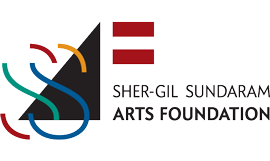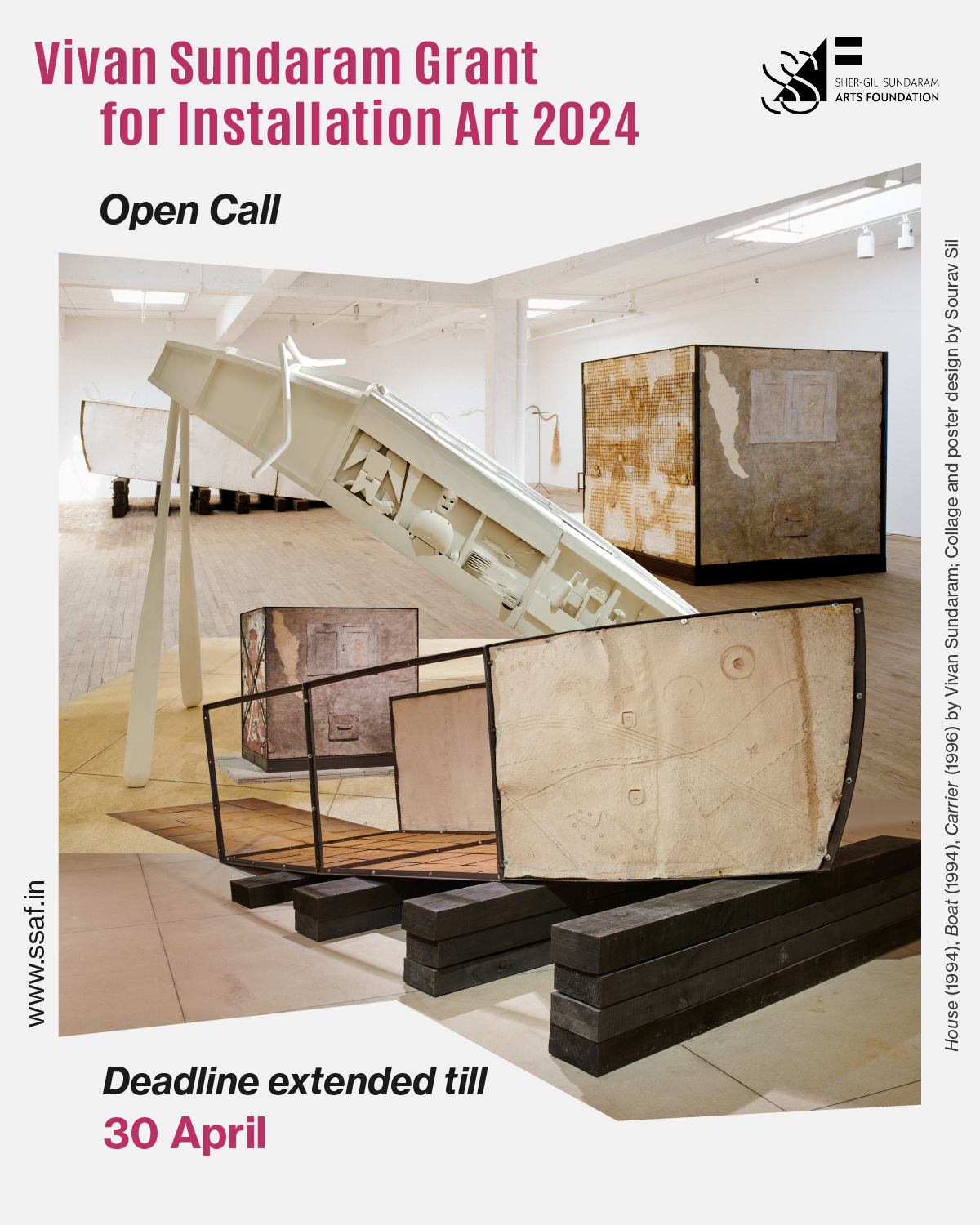Vivan Sundaram Grant for Installation Art 2024
Vivan Sundaram Grant for Installation Art 2024
Sher-Gil Sundaram Arts Foundation (SSAF) is pleased to announce the call for applications for the third edition of its grant supporting practitioners working with installation art. The grant, formerly known as the SSAF Installation Art Grant and established in 2019, has been re-instituted as the Vivan Sundaram Grant for Installation Art in 2024.
Named after Vivan Sundaram (1943–2023), artist-activist and co-founder of SSAF, the grant is premised on the fact that Indian art has been energized since the 1990s by what is broadly termed installation art, but that there has been limited infrastructural and institutional support for such projects.
SSAF offers an abbreviated set of propositions that will, we hope, generate well-developed project proposals and a critical discourse.
Installations foreground material structures, sometimes articulated as object configurations and dispersed fragments and at other times, architecturally. Within the parameters of the concept and term, an installation may construct a mise-en-scène for sculptural staging. It may present archival (photographic and documentary) data for conceptual and pedagogical purposes. It may succeed in imagining community and provoke social action.
On another plane, an installation may create a fluid spatiality, a phenomenology for heightened affect. This may entail additional use of film and video, multimedia, including computer-generated fictions, kinetic forms, light, sensors and sonic elements – technologies designed to draw the spectator into an immersive and interactive environment.
Installation projects are often contextual; in selected instances – when the elements deployed are inalienable from the selected site (whether warehouse, museum, landscape or ruin) – an installation may be considered site-specific. This is a distinctive feature of installation art but not definitional, nor is it a mandatory condition for the Vivan Sundaram Grant for Installation Art.
Details of the Grant and Application Procedure
The Vivan Sundaram Grant for Installation Art invites applications from artists or artists’ collectives of Indian origin who reside in India. Preference will be given to applicants who lack access to networks of national and international sponsorships.
The Vivan Sundaram Grant for Installation Art will support an individual artist or an artists’ collective to conceptualize and produce a new work within the broad parameters of installation art as outlined above.
Details of the Grant
- The duration of the grant is 18 months.
- The comprehensive grant amount is up to INR 8 lakhs. This amount is expected to cover all expenses pertaining to the project including research visits, production, shipping/freight, installation and de-installation.
- A maximum amount of INR 1.2 lakhs may be included in the budget as artist’s fee for the entire duration of the project.
- The project must be located in India. Location details, if the project is site-specific, need to be specified in the proposal.
- The proposal should include as much information about the work as possible, enabling us to gain greater clarity about the potential and practicality of the project.
- The proposal must include a concise schedule and detailed budget for the research, production, installation and de-installation phases of their proposed installation projects.
- The project should be feasible in terms of costs and scale, and should meet the dates set in the timeline by the artist.
- While the selected project will receive financial support from SSAF, all logistics related to the project will be the responsibility of the artist. Arrangements and negotiations relating to the selected site, as well as the execution and display of the installation, will be carried out by the artist. The durational aspect of the display of the work will be proposed by the artist in consultation with SSAF and on-site/institutional administrators. The installation in all its constituents will belong to the artist and the artist will be responsible for the de-installation and storage of the work.
Eligibility
- Individuals of Indian origin residing in India, or collectives whose members are Indian nationals residing in India
- Artists who currently do not hold a grant or a residency where the proposed project has been developed.
Deliverables
The selected candidate will be expected to:
- Submit regular, quarterly written updates that include details of the budgetary expenses and a narrative description of the progress of the project.
- Be responsible for maintaining budgets according to the financial guidelines set by SSAF.
- Submit a final written report and photo documentation of the completed project.
- Submit a utilization certificate verified and signed by a certified chartered accountant at the conclusion of the project. All bills and vouchers must be retained for a period of one year after the conclusion of the project and SSAF reserves the right to check these in that duration.
- The Vivan Sundaram Grant for Installation Art must be credited in all future exhibitions and publications of the project.
Application Guidelines
- Applicants must complete the application form online and upload supporting documents and materials to the relevant sections in the form.
- In case an applicant is unable to complete the form online and upload supporting documents and materials in the allocated sections of the online application form, they may contact us at ssaf.installationart@gmail.com
Documents/Materials (to be uploaded to the Application Form)
- Resumé (up to 3 pages)
- Portfolio of previous projects with images and descriptions (one previously executed installation art project must be included). A maximum of 20 images of the applicant’s current/recent works may be included. For audio and video based work, please share links (with passwords if relevant).
- Artist statement (A written statement of 300–500 words outlining how the applicant expects to benefit from the grant)
- Project proposal (Concept note of 1000–1500 words, with images and/or other media if required to support the note)
- A detailed timeline and work plan for the development of the project until its completion
- A detailed budget for the project
- Name and contact details of one referee
- Additional support material(optional): Materials such as reviews and catalogues can be included. Upto 3 such items can be uploaded in this section.
Budgetary Guidelines
Please submit as detailed a budget as possible, and include the following headings where applicable:
- Research – travel, accommodation, food
- Books
- Material costs
- Fabrication costs
- Logistical costs (including transport, de-installation etc.)
- Display of the completed project on site (including costs of equipment rental, electricity etc. where applicable)
- Artist’s fee
Selection Process and Timeline
- All applications are to be received by 30 April 2024. Please note that SSAF will not acknowledge receipt of individual applications given the volume of emails received.
- A three-person jury will shortlist three candidates for interviews.
- The jury may conduct interviews on Zoom with the shortlisted candidates in mid-May 2024.
- The selected candidate will be notified over telephone as well as by email on 19 May 2024.
- Public announcement of the grantee will be made on 21 May 2024 in New Delhi.
- The duration of the grant will be 18 months from the date of announcement.
* Dates are subject to change. Any change to the above-mentioned dates will be announced on ssaf.in and SSAF’s social media platforms.
Jury
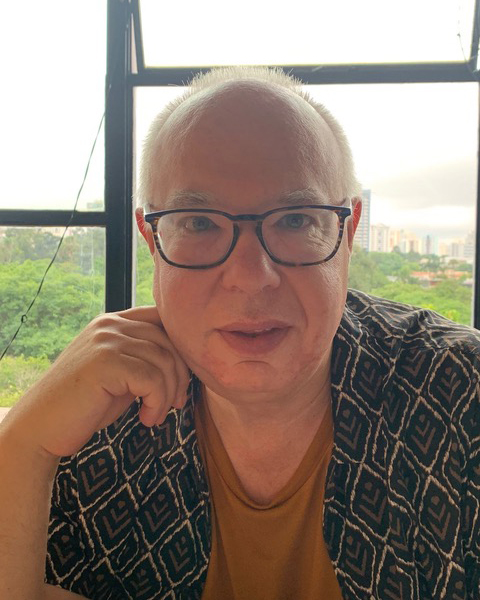
Charles Esche (Jury Chair) is director of Van Abbe museum, Eindhoven and professor of contemporary art and curating at University of the Arts, London. He is an advisor at Jan van Eyck Academie, Maastricht and board member of ZKM, Stuttgart. He is co-convenor of Democracy Pavilion and School of Common Knowledge with Zdenka Badovinac and Manolo Borja-Villel. He received the 2012 Princess Margriet Award and the 2014 CCS Bard College Prize for Curatorial Excellence. Among other international exhibitions, he has co-curated ‘The Meeting That Never Was’, MO Museum, Vilnius, 2022; ‘Power and Other Things’, Europalia, BOZAR, Brussels 2017; ‘Art Turns, Word Turns’; Museum MACAN, Jakarta 2017; Jakarta Biennale 2015; ‘How to Talk about Things that Don’t Exist’, 31st Sao Paulo Bienal 2014; ‘Ideal for Living’, U3 Triennale, Ljubljana 2011; RIWAQ Biennale, Palestine, 2007 and 2009; Istanbul Biennale, 2005; Gwangju Biennale, 2002. His latest publication is Art and Its Worlds, Afterall and Koenig Press, 2021 and he is writing a book on Demodern Thinking with Sandi Hilal and Alessandro Petti to be published by Duke University Press in 2025. He is curating ‘Soils’, an exhibition about art, material and belonging, for the Van Abbe museum opening in June 2024.
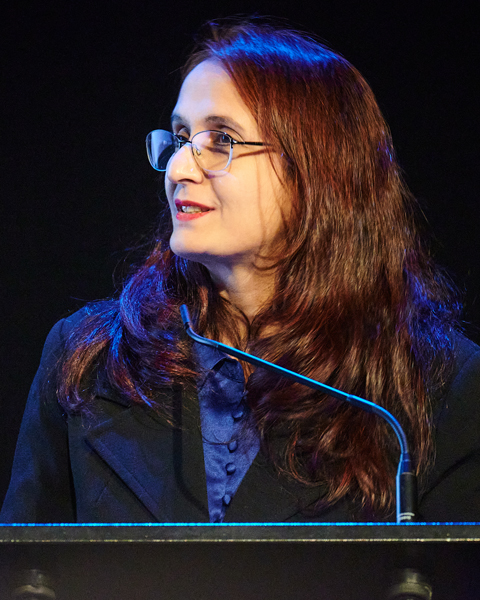
Nancy Adajania is a cultural theorist and curator based in Bombay. She was Joint Artistic Director of the 9th Gwangju Biennale, South Korea (2012). She has curated a number of pathbreaking exhibitions including, most recently, ‘Woman Is As Woman Does’ (CSMVS Museum with JNAF, 2022), a first-ever intergenerational mapping of the works of Indian women artists, filmmakers and activists against the backdrop of the women’s movement in India. Adajania’s other major research-based exhibitions include the retrospectives of artists Navjot Altaf, Sudhir Patwardhan, Mehlli Gobhai and Nelly Sethna. Adajania has proposed several new theoretical models through her extensive writings on subaltern art, media art, public art, collaborative art, transcultural art and the biennale culture in the Global South. For more than two decades, she has written on the practices of women artists of several generations by deploying a trans-disciplinary approach that melds art history, feminist theory, anthropology, activism and philosophy.
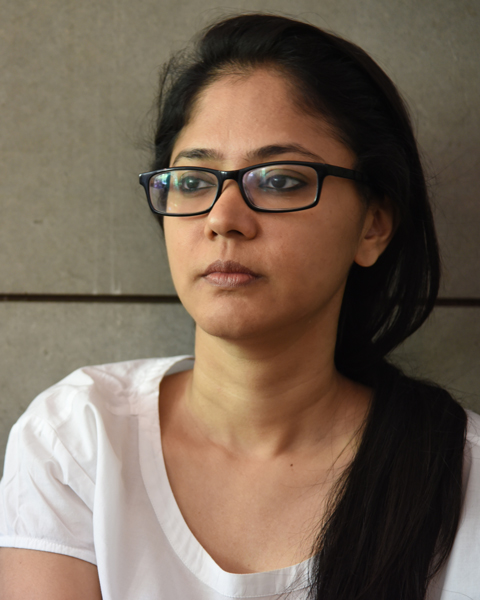
Shilpa Gupta is an artist. Gupta’s artworks probe how people and their experiences are formed by places, objects and via processes of classification, limitation, and censorship. She has had solo shows at the Museum of Contemporary Art in Antwerp (survey), Voorlinden Museum, Barbican in London, Amant in New York, and has participated in biennales in Venice, Berlin, Kochi, Lyon, Gwangju, Sharjah, Havana, Yokohama, Liverpool amongst others. Her work has been shown at Serpentine Gallery, MoMA, Kiran Nadar Museum, and is in the collection of the Guggenheim Museum, Tate, Centre Pompidou, Mori Museum, Louisiana Museum of Modern Art amongst others. In 2024, she will have a solo at Centro Botin in Santander.
About Vivan Sundaram
Vivan Sundaram (1943–2023) studied painting at the Faculty of Fine Arts, M.S. University of Baroda and Slade School of Art, London. Active in the students’ movement of May 1968, he lived in a commune in London till 1970. On his return to India in 1971, he worked with activist groups, returned to painting, and participated in the seminal group exhibition, ‘Place for People’ (1981). From 1990 he made installations that include sculpture, photographs and video: Memorial (1993, 2001, 2014), The Sher-Gil Archive (1995), Re-take of ‘Amrita’ (2001–02), History Project (1998), Trash (2008), Gagawaka (2011), Black Gold (2012), Post Mortem (2013–14), 409 Ramkinkars (with Anuradha Kapur and Santanu Bose, 2015) and Meanings of Failed Action: Insurrection 1946 (with Ashish Rajadhyaksha and David Chapman, 2017).
Vivan Sundaram has exhibited in the Biennales of Havana, Johannesburg, Kwangju, Taipei, Sharjah, Shanghai, Sydney, Seville, Berlin, and the Asia-Pacific Triennial, Brisbane. A 50-year retrospective exhibition, ‘Step inside and you are no longer a stranger’, showed at the Kiran Nadar Museum of Art, New Delhi, in February–July 2018. A solo survey exhibition, ‘Disjunctures’, invited by Okwui Enwezor and curated by Deepak Ananth, was held at the Haus der Kunst, Munich from June 2018 to January 2019. The Sharjah Biennial’s 30th anniversary edition, Thinking Historically in the Present (2023), conceived by Okwui Enwezor and curated by Hoor Al Qasimi, included Sundaram’s photography-based project, Six Stations of a Life Pursued (2022). In April–September 2023, his installation Memorial, acquired by Tate Modern, was posthumously displayed in the South Tank of the museum.
Vivan Sundaram was a founder of the Kasauli Art Centre (1976–91) and founder co-editor of Journal of Arts & Ideas (1981–99). He edited the two-volume book, Amrita Sher-Gil: a self-portrait in letters & writing (2010); books published on his art projects include Vivan Sundaram: History Project, a site-specific installation, Victoria Memorial, 1998 (2017) and Vivan Sundaram Is Not a Photographer: The Photographic Work of Vivan Sundaram by Ruth Rosengarten (2019).
Vivan Sundaram was a founder trustee of the Safdar Hashmi Memorial Trust (1989–), and founder and managing trustee (with his sister Navina Sundaram) of the Sher-Gil Sundaram Arts Foundation (2016–).
